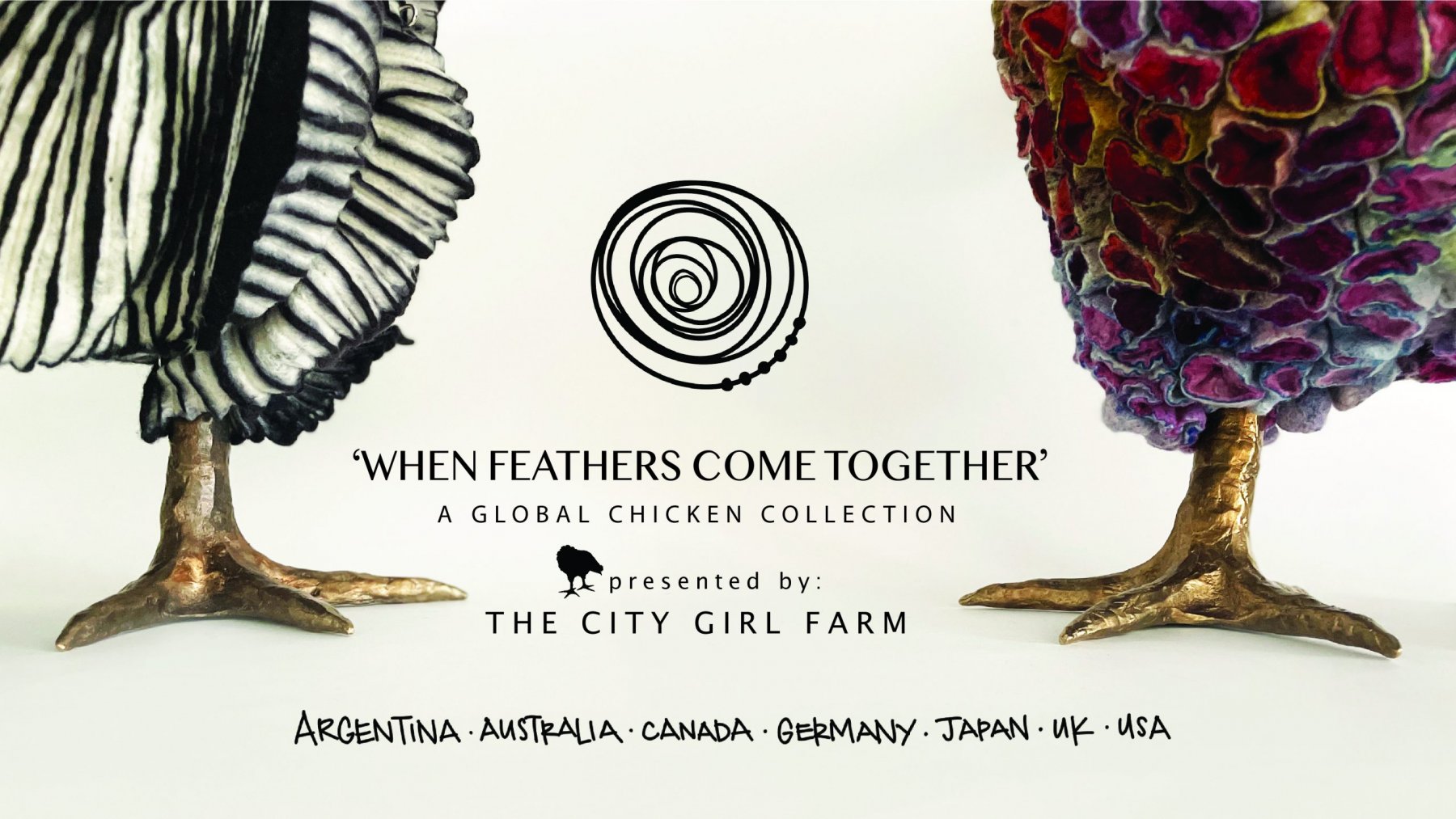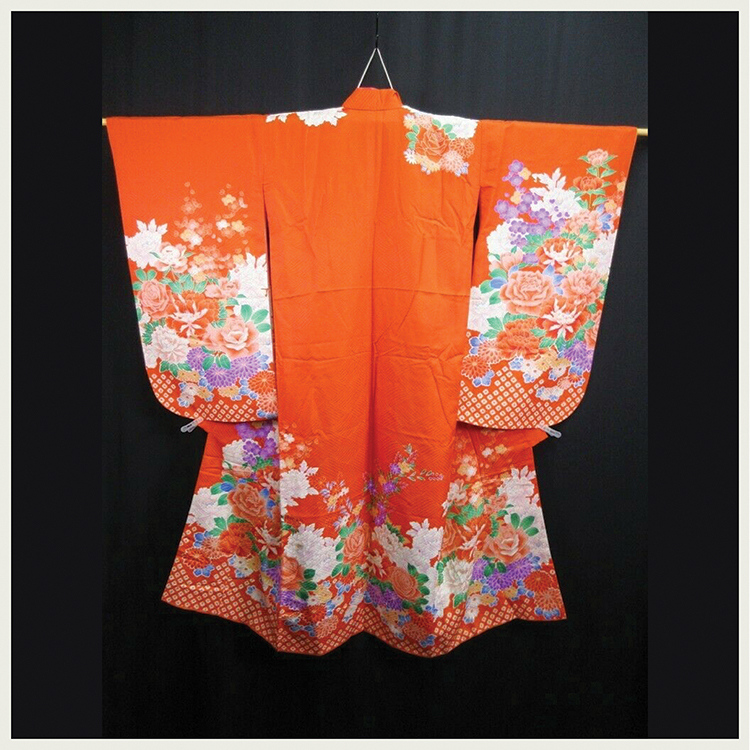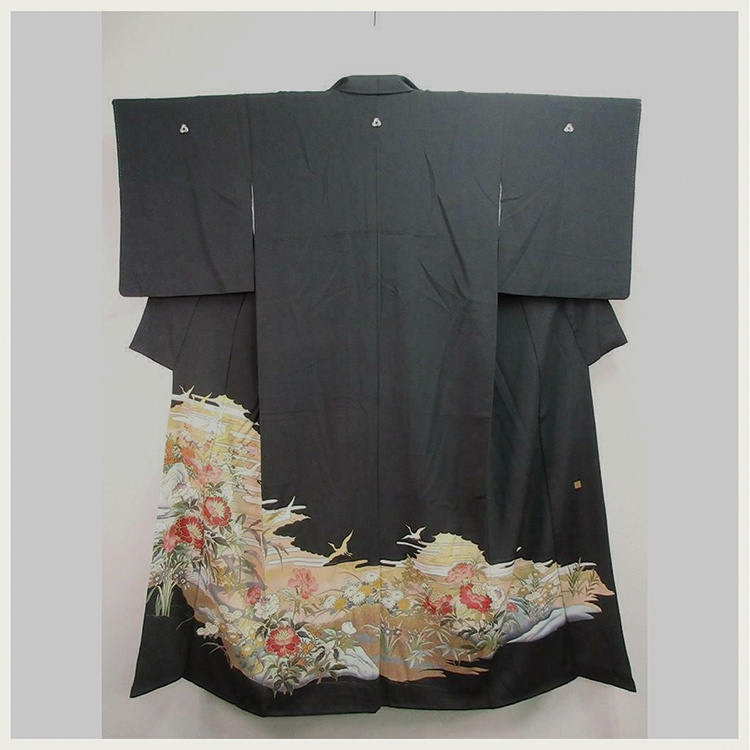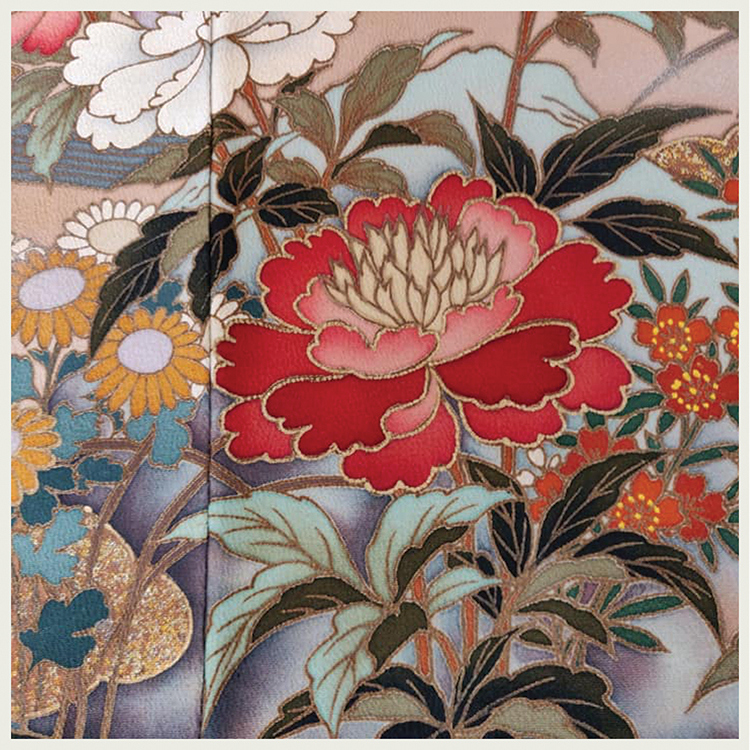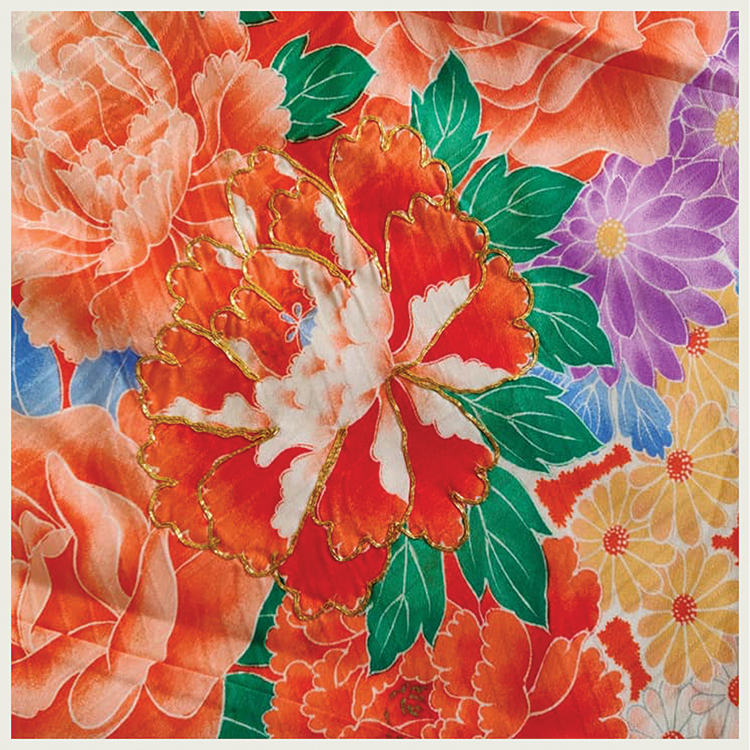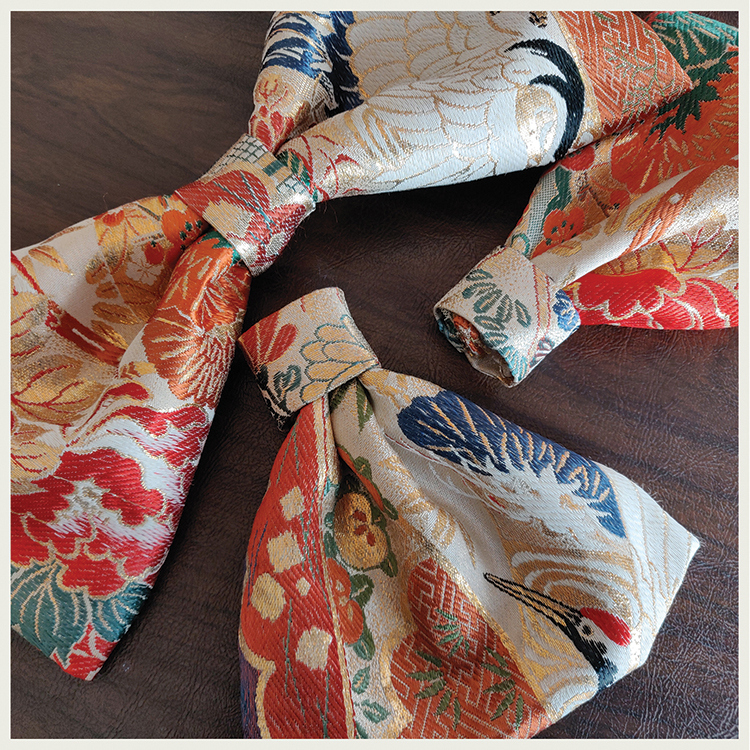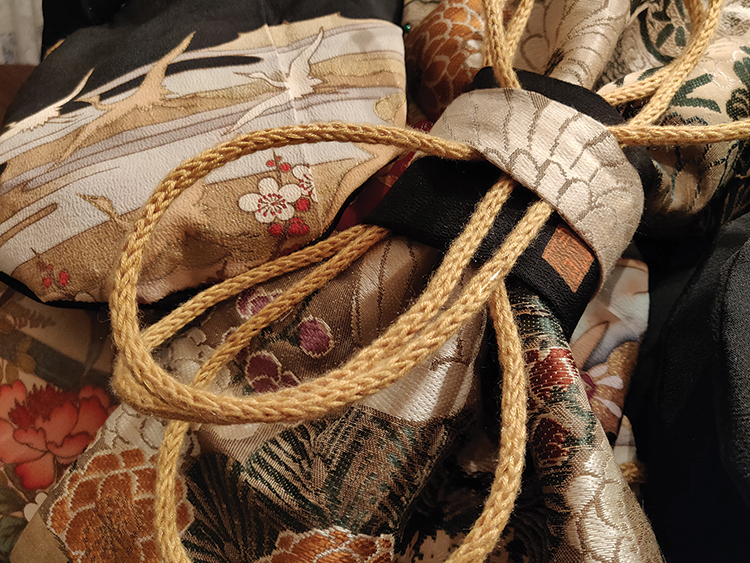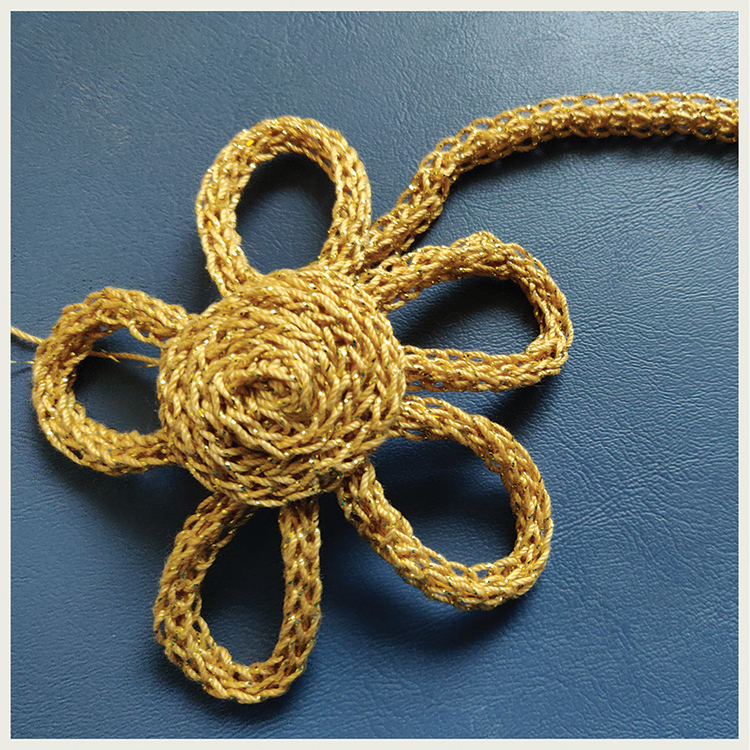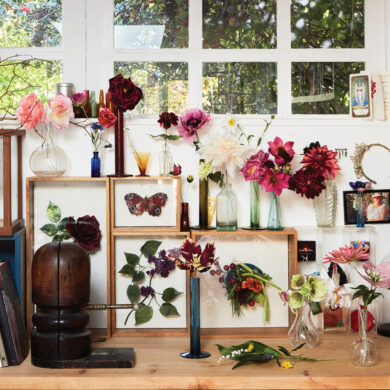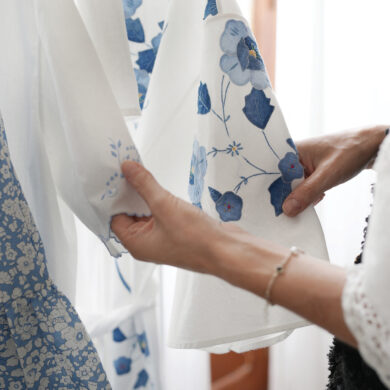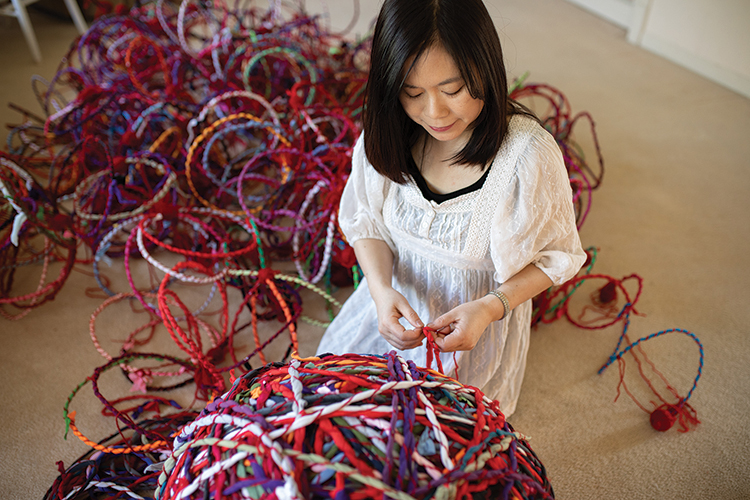
Whether it is painting or installation art, what I have been trying to do is expressing from my heart. I have a constant theme around my artwork: my search for the meaning of home as a traveler and a sojourner, a temporary dweller. I have been consoled by and thankful for the belief that life is like a journey; we are all sojourners on the earth, but essentially, I belong to the place that I fully call home.
I often use fiber materials and techniques for my installations. The material of thread represents “relationship” in my art because in the Japanese language, the verbs that are related to the word “thread” often idiomatically represent different conditions of relationships with people. By using techniques like sewing, tying and braiding, I am expressing my different perspectives of the notion of relationship.
The collaboration with the City Girl Farm has been fun. Their Kansas-born chickens/sculptures/furniture are so sophisticated, and they reminded me of the strong agricultural land and endeavors of the people here. At the same time, they are so adorable and make me smile.
I really like their global vision for the show When Feathers Come Together – A Global Chicken Collection and the diverse cultural backgrounds of participating artists. Because of these features, I decided to emphasize the cultural aspect in my work. I was always wanting to incorporate vintage kimono and obi fabrics into my work to represent my Japanese cultural background. I imported them from Japan — some of them are like 90 years old — to make feathers. The most challenging part was making decisions about whether I should keep the traditional rules of the kimono or not. I ended up keeping them, in many ways, to show respect for the traditions, such as the shape of the collar, which I think is a significant feature of the kimono. Then, I asked the City Girl Farm to add their own wool feathers to my chickens. This combination makes me think of the cultural hybridity which I face every day.
In the past, I tended to count the things that I miss in this foreign land and fall into negative feelings. However, these days, I have been learning to change my perspectives and appreciate that I have dual cultures in my life instead. This sense of appreciation has been creating a notion of “home” in my mind.
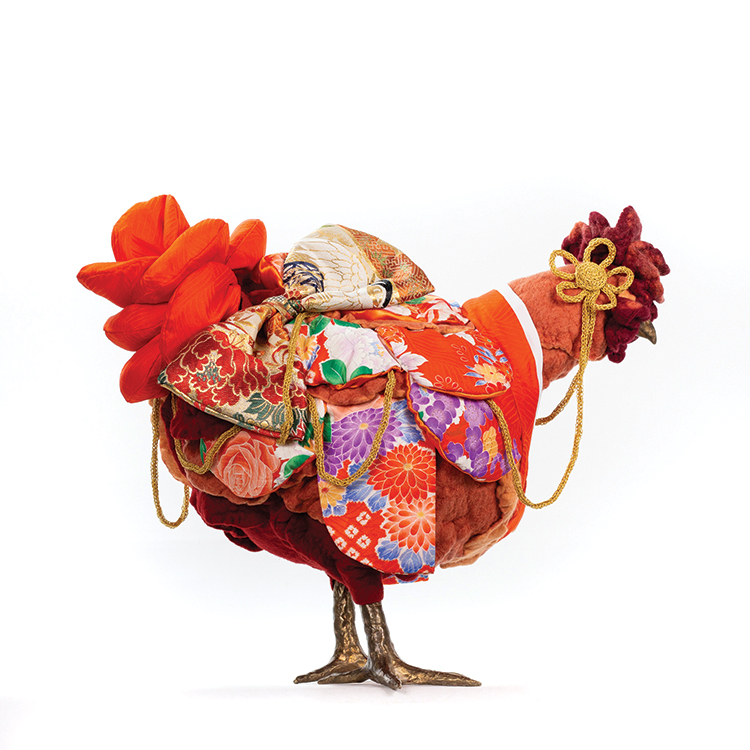
LITTLE MINAKO
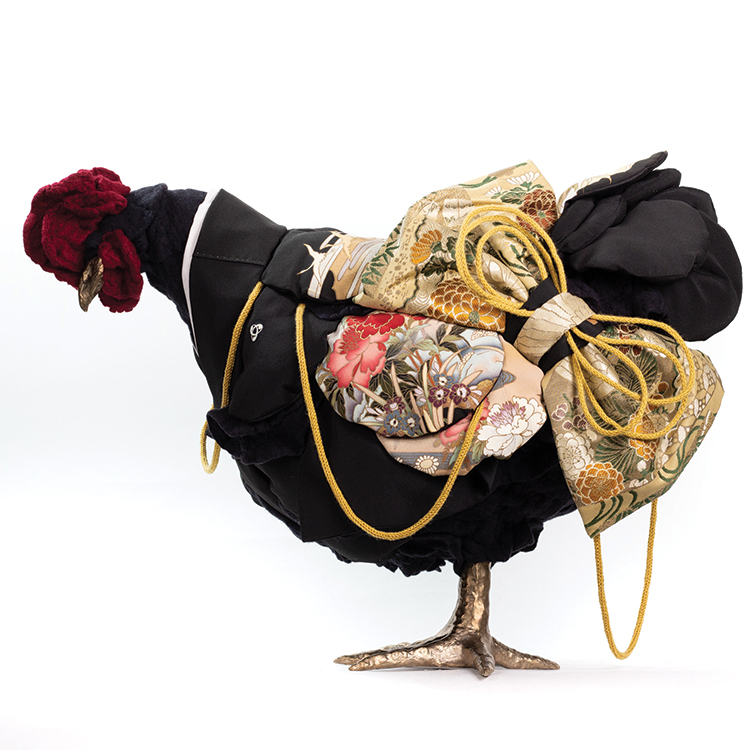
EIKO

Whether it is painting or installation art, what I have been trying to do is expressing from my heart. I have a constant theme around my artwork: my search for the meaning of home as a traveler and a sojourner, a temporary dweller. I have been consoled by and thankful for the belief that life is like a journey; we are all sojourners on the earth, but essentially, I belong to the place that I fully call home.
I often use fiber materials and techniques for my installations. The material of thread represents “relationship” in my art because in the Japanese language, the verbs that are related to the word “thread” often idiomatically represent different conditions of relationships with people. By using techniques like sewing, tying and braiding, I am expressing my different perspectives of the notion of relationship.
The collaboration with the City Girl Farm has been fun. Their Kansas-born chickens/sculptures/furniture are so sophisticated, and they reminded me of the strong agricultural land and endeavors of the people here. At the same time, they are so adorable and make me smile.
I really like their global vision for the show When Feathers Come Together – A Global Chicken Collection and the diverse cultural backgrounds of participating artists. Because of these features, I decided to emphasize the cultural aspect in my work. I was always wanting to incorporate vintage kimono and obi fabrics into my work to represent my Japanese cultural background. I imported them from Japan — some of them are like 90 years old — to make feathers. The most challenging part was making decisions about whether I should keep the traditional rules of the kimono or not. I ended up keeping them, in many ways, to show respect for the traditions, such as the shape of the collar, which I think is a significant feature of the kimono. Then, I asked the City Girl Farm to add their own wool feathers to my chickens. This combination makes me think of the cultural hybridity which I face every day.
In the past, I tended to count the things that I miss in this foreign land and fall into negative feelings. However, these days, I have been learning to change my perspectives and appreciate that I have dual cultures in my life instead. This sense of appreciation has been creating a notion of “home” in my mind.

LITTLE MINAKO

EIKO




